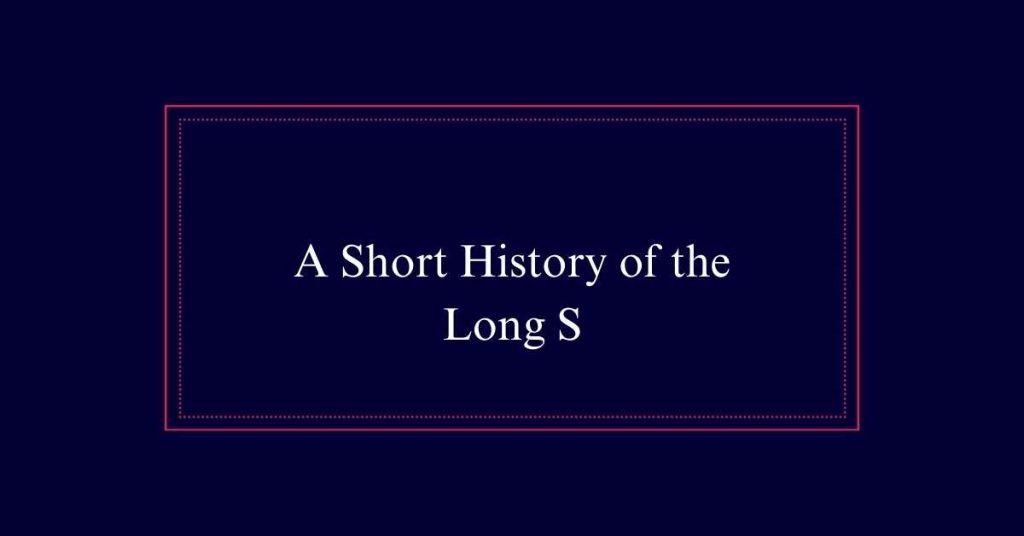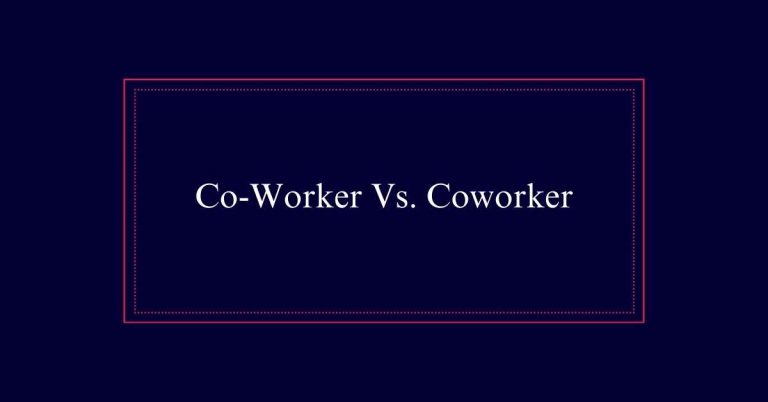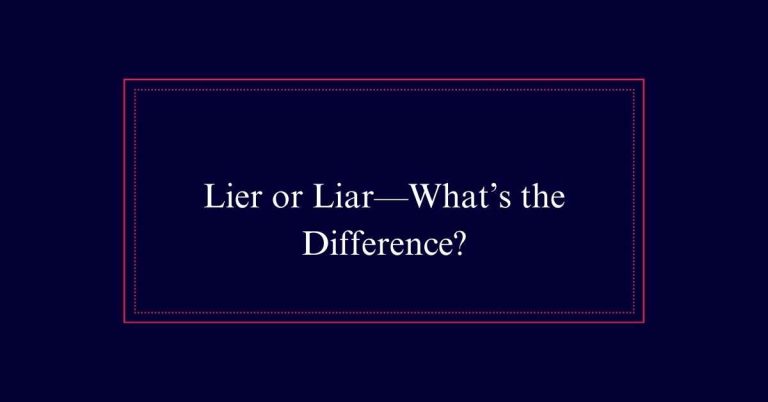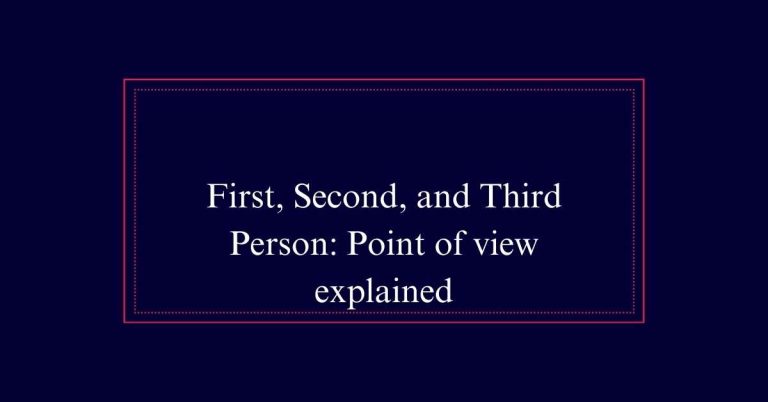A Short History of the Long S
The long s, originating from old Roman cursive script, evolved greatly throughout the centuries. Initially a simple vertical stroke with a curve, it was refined in Carolingian script to enhance readability. By the fifteenth century, it became a standard feature in the middle of words. However, by the eighteenth century, advancements in print technology and a preference for modern, clear writing led to its decline. The long s eventually fell out of favor, seen as archaic and often confused with the letter ‘f’.
Origins of the Long S
The long s (ſ) originated from old Roman cursive script. It began as a vertical downstroke with a small curve, evolving gradually into the elongated form known today. The Carolingian script, developed during the reign of Charlemagne, further refined this character.
By the fifteenth century, the long s was commonly used in the middle of words. Its counterpart, the short s, appeared at the end of words or following a long s within a word. This usage pattern helped differentiate the sounds and structures within written texts, contributing to clearer reading and writing practices.

Evolution of the Long S
Over centuries, the long s underwent significant transformations influenced by various writing systems and cultural shifts. It began in old Roman cursive script as a vertical downstroke with a small curve. This form evolved over time, becoming more elongated and distinct.
By the fifteenth century, the long s was commonly used in the middle of words, while the short s appeared at word endings or after a long s. The Carolingian script further refined the long s, giving it a more uniform appearance. These changes were driven by the need for clarity and consistency in written texts.
The Long S in Carolingian Script
Carolingian script played a significant role in refining the form of the long s, enhancing its uniformity and readability. This script, developed during the reign of Charlemagne, aimed to standardize writing across his empire. The long s became more consistent in its shape, making texts clearer and more legible.
Carolingian script established a standardized form for the long s, reducing regional variations.
The clear, distinct lines of the Carolingian long s improved the overall readability of manuscripts.
Usage in the Fifteenth Century
During the fifteenth century, the long s became a standard feature in the middle of words. This period marked its widespread acceptance in both handwritten and printed texts.
The long s was typically used at the beginning and middle of words, while the short s was reserved for the end of words or immediately after a long s in the middle of a word. This usage pattern helped to visually distinguish different parts of words, contributing to the clarity of the text.
The adoption of the long s in manuscripts and early printed works reflected the changing conventions of writing during this time. Its presence highlighted the evolving nature of medieval and early modern script.
Decline in the Eighteenth Century
By the eighteenth century, the long s began to fall out of favor. Several factors contributed to its decline. As print technology advanced, the need for a simpler and more uniform typographic system became evident. The long s was increasingly seen as an archaic and unnecessary element. Its similarity to the letter f also caused confusion among readers.
Typographic Simplification: Printers sought to streamline typefaces, making texts easier to read and print.
Reader Confusion: The long s often looked like an f, leading to misreading and errors.
Cultural Shift: Social and linguistic changes favored a more modern and standardized approach to writing.
These factors collectively led to the gradual disappearance of the long s from common usage.
Phasing Out in Print
Printers in the early nineteenth century began to phase out the long s from printed materials. This shift was driven by several factors. The long s and the letter f were often confused, causing readability issues. Additionally, the printing industry sought to simplify and standardize typefaces, eliminating redundant forms. By the 1820s, the long s had largely disappeared from printed works, replaced by the short s.
| Reason | Impact | Outcome |
|---|---|---|
| Readability issues | Reduced confusion | Improved clarity in text |
| Standardization goals | Streamlined typefaces | Consistent printing practices |
| Redundancy elimination | Simplified writing system | Single form of ‘s’ adopted |
The phasing out in print marked a significant step towards modern typography.
Handwriting Vs. Printing
The shift from the long s to the short s varied noticeably between handwriting and printing. In printed works, the change occurred swiftly as printers ceased producing long s type in the early 19th century. Handwriting, however, retained the long s until the latter half of the century, reflecting a slower adaptation among individuals.
The short s was clearer and reduced confusion with the letter f.
Printing presses facilitated the standardization of the short s, accelerating its adoption.
Handwriting practices are slower to change, preserving traditional forms longer than printed text.
This divergence illustrates the differing paces at which technology and personal habits evolve in written communication.
Legacy and Significance
Understanding the legacy and significance of the long s deepens our appreciation for the evolution of written language.
The long s symbolizes the progression of writing systems over time. Its presence in historical documents, like the Bill of Rights, highlights past practices. Serving as a connection to centuries-old handwritten traditions, the long s provides insights into typography and printing development. It exemplifies the intersection of linguistic evolution and visual aesthetics. Its retention in handwriting longer than in print reflects slower changes in writing habits.
Studying the long s enriches our appreciation for writing history and artistry. The long s stands as a proof to the continuous refinement and standardization of written language.






